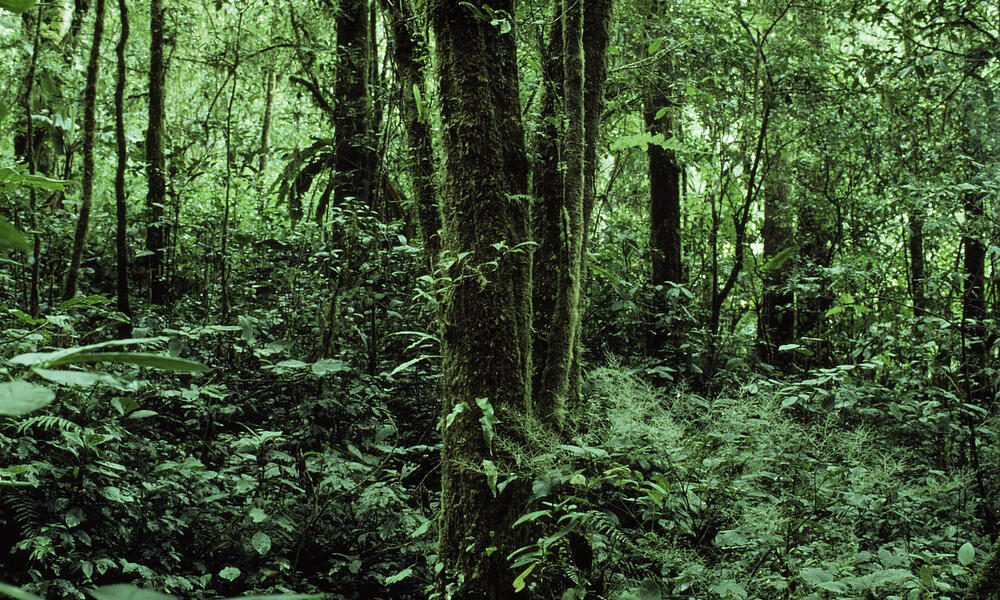Introduction
Parties to the Convention on Biological Diversity (CBD) are in the final stages of negotiating a new global biodiversity framework that will set conservation targets for the next decade and beyond. Area-based conservation, including protected area management and ‘other effective area-based conservation measures’ (OECMs), is a crucial and often debated component of this framework. Though the OECM framework is quickly emerging as an alternative approach to recognizing initiatives that are achieving effective conservation of biodiversity outside protected areas, the term is still relatively unknown to those outside of select conservation circles. Below, we break down what constitutes an OECM, the framework’s relationship with protected areas, and its potential to advance equitable and effective conservation worldwide.
What is an OECM?
The term ‘other effective area-based conservation measure’ describes a geographic site, which is not within a protected area, that delivers long-term biodiversity conservation under equitable governance and management. OECMs can be governed by a variety of rights holders and actors including Indigenous peoples and local communities, government agencies, as well as sectoral actors, private organizations, and individuals.
Where did the term originate?
The term first appeared in 2010 within the Aichi Biodiversity Targets—global conservation goals established by the CBD as part of a strategic plan to conserve biodiversity. At the time, OECMs were a vague concept that lacked a formal definition and criteria. In the following years, experts set out to explore and refine the term and, in 2018, an official definition was adopted. OECMs can be found referenced alongside protected areas as a key approach to biodiversity conservation in the draft of the post-2020 Global Biodiversity Framework.
How do OECMs differ from protected areas?
Protected areas and OECMs have a subtle yet critical distinction. Protected areas are designated and managed with a primary conservation objective in mind, such as preserving habitat for endangered species. Their core function is to promote the conservation of biodiversity within a given site.
OECMs are defined as managed areas that deliver effective conservation of biodiversity within a given site, regardless of whether that is the goal. For example, a sacred natural site with high biodiversity value may be conserved due to its cultural or religious significance. The objective in this case is not biodiversity conservation, but it is still a result of conserving the site.
It’s important to note that some OECMs do list biodiversity conservation as a primary objective, and either cannot or do not want to seek protected area status.
